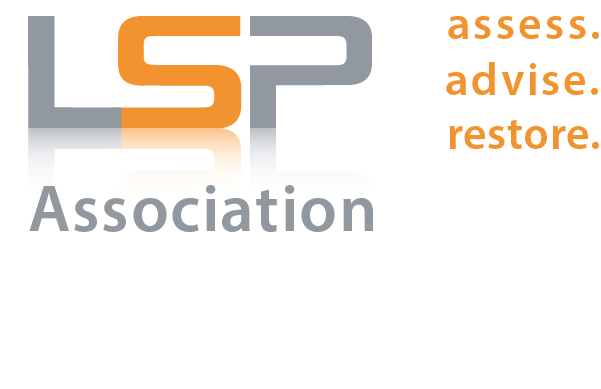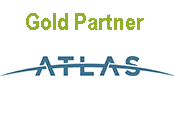From the Waste Site Cleanup perspective, the background information on the development of the guideline will also serve as background information for Waste Site Cleanup’s soon-to-be-proposed MCP Method 1 GW-1 Standard for PFAS.
MassDEP expects to keep us up-to-date throughout the summer on the status of the proposed MCP revisions and MassDEP’s approach to PFAS.
In February, 2018, the Massachusetts Department of Environmental Protection (MassDEP) convened a panel of experts to consider whether the Department should issue drinking water guidance for a group of five per- and polyfluoroalkyl substances (PFAS). This email will update you on the results of MassDEP’s additional work, the advice it received from the panel, and next steps.
PFAS are a group of man-made chemicals that do not readily break down in either the environment or the human body and, therefore, can build up over time. There is human and experimental lab evidence that exposure to PFAS can lead to adverse human health effects. PFAS have been used in many consumer products, including firefighting foam, and in a number of industrial processes.
There are currently no enforceable federal standards for PFAS chemicals in drinking water. In 2016, the U.S. Environmental Protection Agency published a Health Advisory for two PFAS chemicals - perfluorooctanoic acid (PFOA) and perfluorooctanesulfonic acid (PFOS). In February 2018, based upon additional research on the topic, MassDEP proposed expanding upon the EPA Health Advisory.
MassDEP has solicited and received advice from its panel of experts. As a result, MassDEP’s Office of Research and Standards (ORS) has established a drinking water guideline for five chemicals that are part of a larger group of PFAS.
MassDEP’s ORS Guidance values are usually developed when there are no federal standards or guidance. As noted above, the U.S. Environmental Protection Agency published a Health Advisory for the sum of two PFAS chemicals - perfluorooctanoic acid (PFOA) and perfluorooctanesulfonic acid (PFOS) at 0.070 micrograms per liter (μg/L) or 70 parts per trillion (ppt). Due to similar health concerns, MassDEP established its guideline to include the following three additional PFAS chemicals: perfluorononanoic acid (PFNA), perfluorohexanesulfonic acid (PFHxS), and perfluoroheptanoic acid (PFHpA). The ORS Guideline (ORSG) is 70 ppt, and applies to the total summed level of all five compounds. Based on this ORSG, MassDEP recommends the following:
- Consumers in sensitive subgroups (pregnant women, nursing mothers and infants) not consume water when the level of the five PFAS substances, individually or in combination, is above 70 ppt.
- Public water suppliers take steps expeditiously to lower levels of the five PFAS, individually or in combination, to below 70 ppt for all consumers.
According to the Massachusetts Drinking Water Regulations [310 CMR 22.03(8)], if MassDEP finds on the basis of a health assessment that the level of any contaminant in drinking water at a Public Water System poses an unacceptable health risk to consumers, the PWS must take actions to achieve safe levels and also to provide public notice.
Large Public Drinking Water System (serving more than 10,000 persons) have already tested for these chemicals. Approximately 3 percent of the Public Water Systems tested in Massachusetts found PFAS at some level. MassDEP is working with those affected systems. MassDEP is also continuing to research where PFAS may have been used and is considering a testing program for PFAS in a targeted universe of smaller Public Water Systems that are close to areas where PFAS has been found or may have been used. MassDEP will keep you posted as we move forward with additional work in this area.
For more information:
- Background information on the establishment of this ORSG
- The MassDEP Fact Sheet “PFAS in Drinking Water: Questions and Answers for Consumers”
- For questions on PFAS in drinking water, contact the MassDEP Drinking Water Program at: [email protected]

































